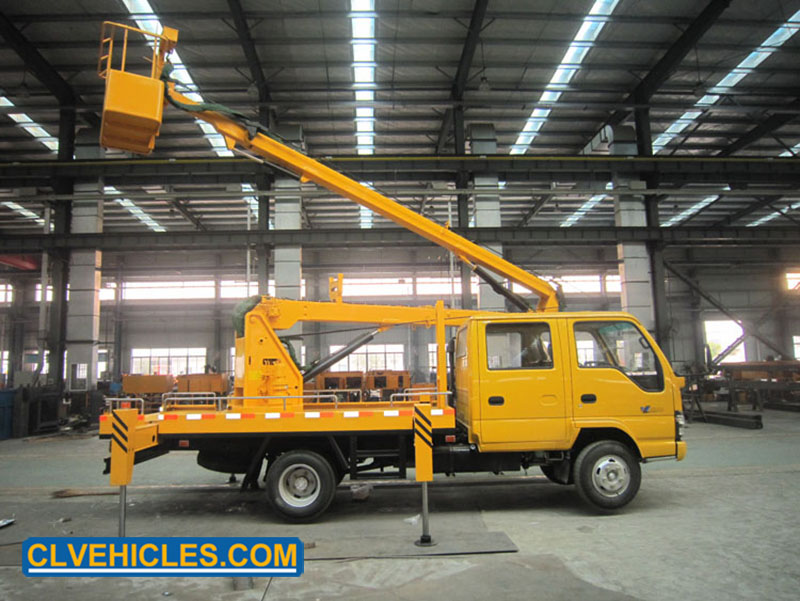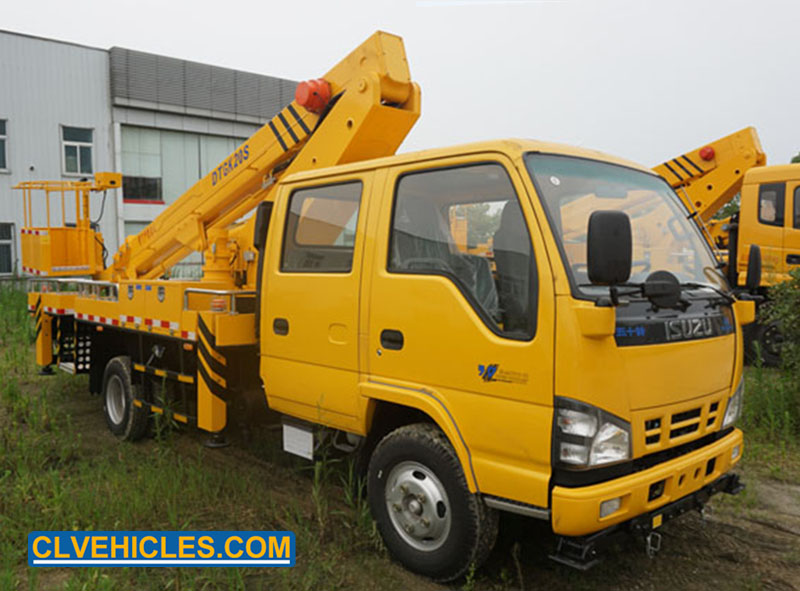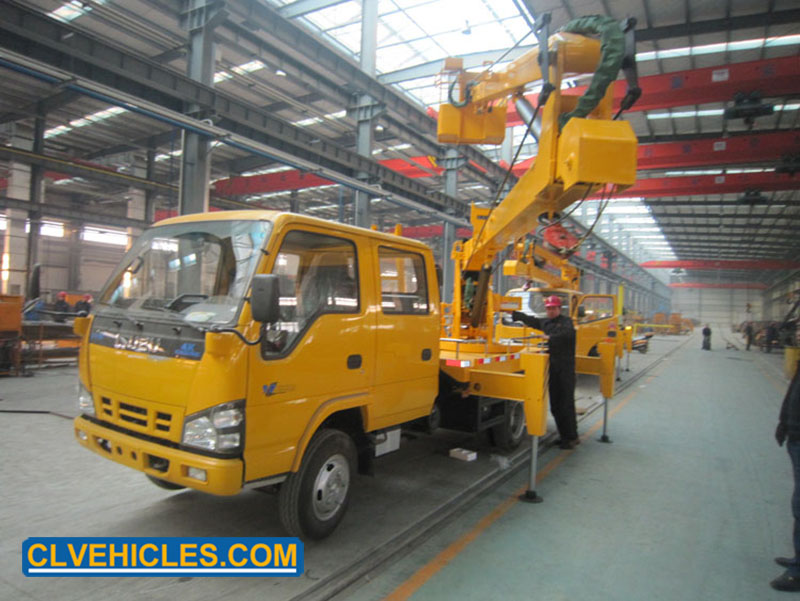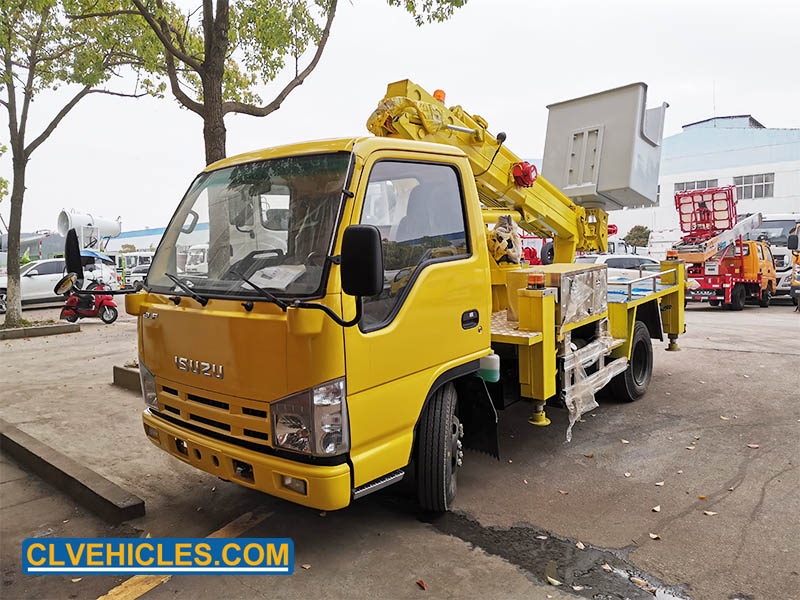The maintenance of the high-altitude operating truck chassis is very important. The chassis ensures the safety of the truck and the owner. Once rusted and corroded, the structure of the entire truck will become loose, causing safety hazards. Many traffic accidents are caused by loose chassis. Therefore, to prevent problems before they happen, it is essential to make armor for the chassis.
1. The bottom tray should be washed frequently and rinsed well. Normally, high-altitude operation trucks are sprayed with anti-rust primer when they leave the factory, but they will slowly oxidize after a period of time. The armor is to basically reinforce the chassis, wash the chassis thoroughly, and then spray the chassis with elastic plastic Material, thereby sheltering the chassis.
2. The baking of the ground surface, the intrusion of rain, and the moisture and salt in the atmosphere all corrode the bottom of the truck, which is the cause of the aging of the truck chassis. The continuous impact of sand and rocks on the road will also damage the anti-rust paint of the chassis of the special truck, so that the metal will be exposed on the surface of the chassis, which will quickly oxidize and rust. In this way, some chassis accessories such as tires and brake pads should be removed during maintenance, and the bottom of the truck should be thoroughly cleaned. This is to prevent impurities from adversely affecting the chassis. After drying, the staff will spray anti-rust primer several times on the non-sprayed parts.

3. Check the brake system of the aerial work truck and visually inspect the surface of the brake disc through the tire aluminum alloy steel rim. The surface of the brake disc is originally smooth. If there are obvious grooves, it may be that when the aerial work truck is driving on the gravel road, some small gravel is stuck between the brake disc and the fender, constantly rubbing the surface of the brake disc, so Grooves appear. When this happens, the aerial work truck may make noises when walking, and in some cases, the owner may even hear screams when dragging the brakes.
Prevent oil leakage: check the powertrain and transmission system for oil leakage. The content mainly includes whether there is oil leakage in several major components (such as engine, gearbox, rear axle, etc.).
Tire inspection hidden dangers: The inspection content includes checking whether the tire surface tread pattern is normal (such as whether there are cracks, whether there are foreign objects).
Add oil and water: Check whether the oil and water of the whole truck are sufficient and whether the oil quality is good. The content includes high-altitude operating truck oil engine, coolant, gearbox, etc. If the liquid level is insufficient, add it, and replace the oil if it is of poor quality.
During the driving of the aerial work truck, many parts are in a very harsh operating environment: high temperature, high speed, dusty, bumpy roads, etc., some parts are constantly wearing due to frequent high-speed movement, and other parts will also In the event of accidental knocking, this requires timely inspection, adjustment or replacement.

Regular maintenance of aerial work trucks is mainly based on inspection and adjustment. Regular inspections of brakes, steering, transmission, suspension and other systems are provided for every type of maintenance, so that you can have a safe driving environment. Through regular inspection and maintenance, it can also find and solve the hidden dangers and faults in time to avoid the occurrence of larger faults.


评论
发表评论